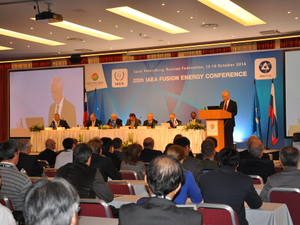California's Bold Climate Move: What The New Fuel Standard Means for You

Photo by BC Gov Photos | License
California is taking another significant step in its fight against climate change, and this time, it’s hitting the roads. The state’s revamped Low Carbon Fuel Standard goes into effect this week, sparking heated debates about gas prices and environmental impact.
The new rules expand an existing program designed to reduce climate-warming gases and improve air quality. While some fear potential increases in fuel costs, experts suggest the immediate impact might be minimal. A UC Davis researcher estimates the standard could add just 5 to 8 cents per gallon, comparable to the previous standard’s 9-cent increase.
The California Air Resources Board projects substantial environmental benefits. The new standard could reduce carbon dioxide-equivalent gases by 558 million metric tons through 2046 - equivalent to eliminating emissions from over 120 million cars annually. This ambitious goal focuses on promoting cleaner, low-carbon fuels like biofuels made from soybeans and cow manure.
Politically, the standard has created interesting dynamics. While Republicans criticize the move as potentially damaging to the economy, some Democratic lawmakers are seeking ways to mitigate potential price increases. Senate President Pro Tempore Mike McGuire supports legislation to cap fuel credit prices, aiming to balance climate goals with consumer affordability.
Air Resources Board Chair Liane Randolph remains optimistic, pointing out that gas prices are already significantly lower than in recent years. The board sees this standard as a crucial step in reducing fossil fuel dependence and promoting zero-emission vehicles.
As California continues to lead national climate policy, this fuel standard represents another bold move in the state’s ongoing commitment to environmental sustainability. Whether you’re an eco-conscious driver or simply concerned about fuel costs, this policy signals significant changes in how we think about transportation and energy consumption.
AUTHOR: cgp
SOURCE: Local News Matters





















































